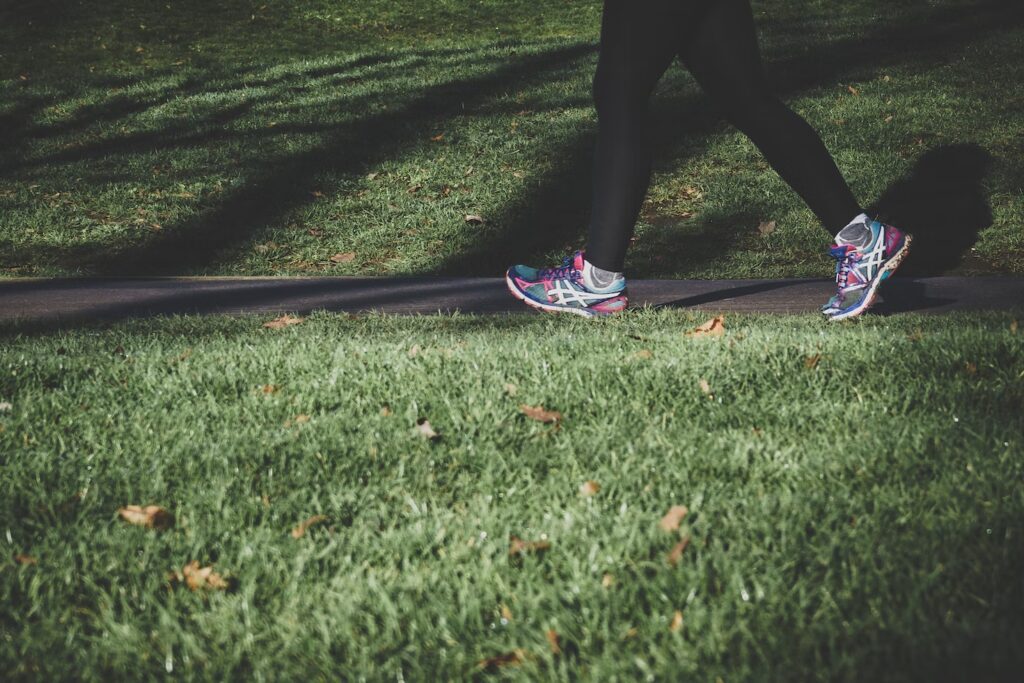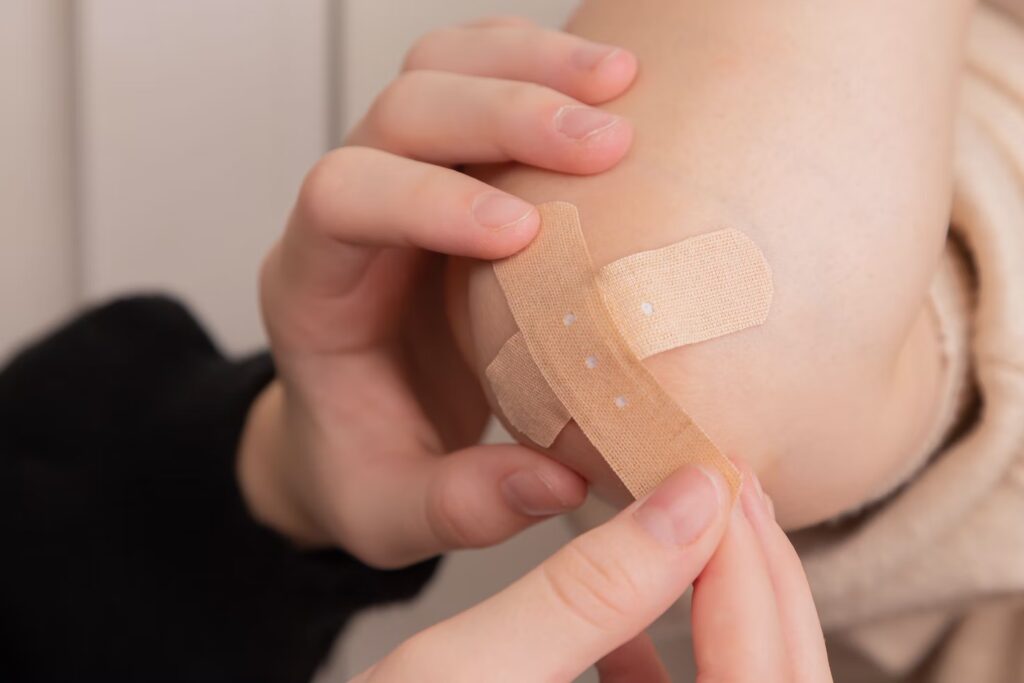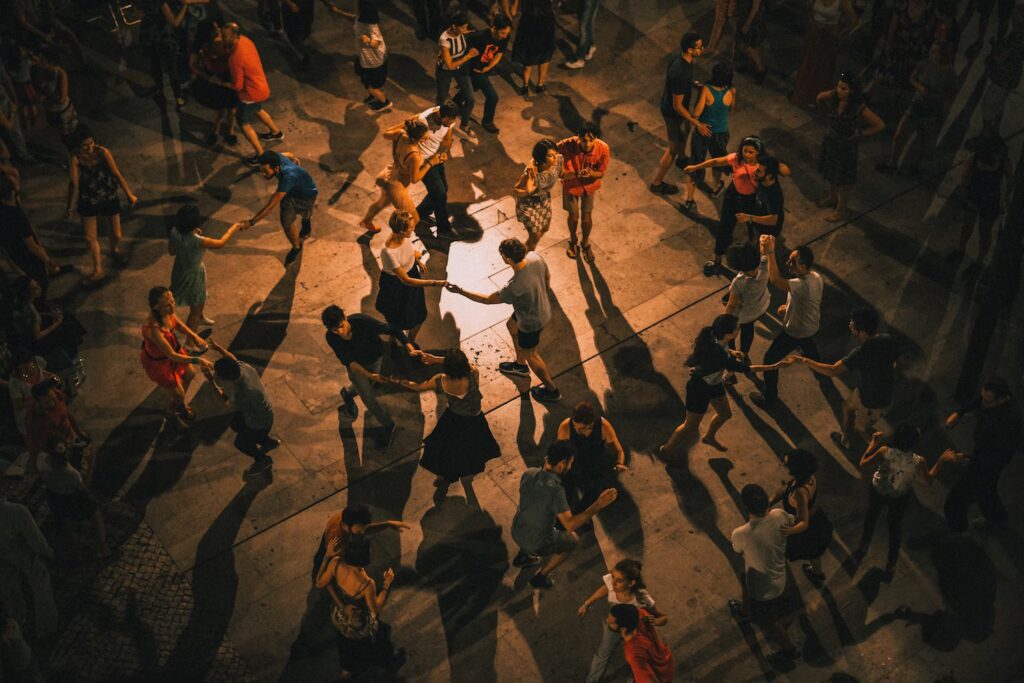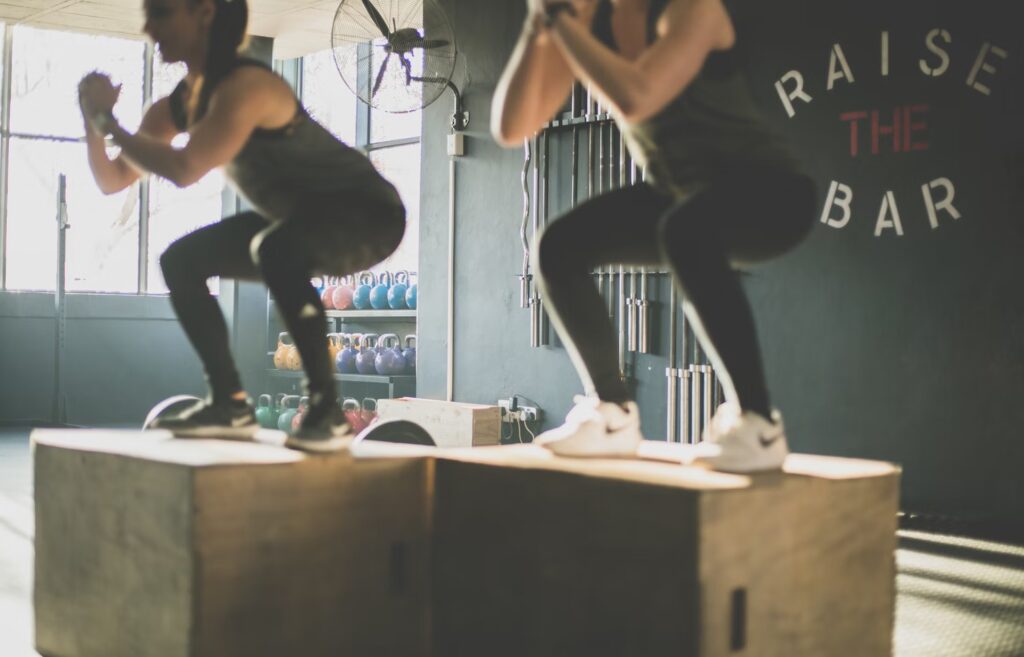Low-impact exercises will always be a great alternative if you don’t like the idea of running.
Generally, all you need for most low-impact exercises is a good pair of shoes and comfortable exercise clothing. Believe it or not, this way you will also get the same benefits as high-intensity exercises.
There is a whole variety of low-impact exercises: swimming, yoga, Pilates, dancing, cycling, and even some strength exercises. Also, some of them are versatile exercises. You can try to do them with or without equipment.
Read about the major benefits low-impact exercise has on your health and in your daily life.
What are low-impact exercises?

Low-impact exercises raise your heart rate slowly. It also puts less pressure on your joints. Here we can include walking, yoga, pilates, swimming, skating, cross-country skiing, and golf. There are many other low-impact exercises.
Slower, smoother movements are associated with low-impact exercises, as opposed to high-impact ones, such as running, playing soccer, or lifting weights.
Before starting an exercise program, talk to your doctor, especially if you have health problems that need to be addressed.
Low-impact exercises have many benefits
You can achieve your exercise goals without aggravating an existing injury or causing a new one.
As we age, muscle mass decreases considerably. Therefore, low-impact exercise helps maintain and build muscle. Your body can burn calories even at rest when you have more muscle tissue.
Helps you control your weight
It is believed that only high-impact exercises can burn calories. But it’s also possible to achieve the same results with low-impact workouts.
If an average-weight person swims leisurely for an hour, with a few exercises in between, he’ll burn about 446-650 calories. Running just over a mile per hour burns roughly the same calories for the same person.
Swimming is much easier than running every day.
You can reduce the risk of injury

Low-impact exercise still requires proper form and breathing techniques, but it puts less stress on joints and muscles.
After an injury, people are often advised to participate in activities such as swimming and walking. To start from less to more.
Your flexibility improves
Flexibility improves with many low-impact exercises. With these activities, you reduce stiffness and muscle pulls.
On the other hand, strengthening your core and improving your flexibility can be achieved through exercises such as yoga, swimming, and Pilates. Find your favorite type of exercise.
Increase your activity level
A typical exercise program encourages you to balance intense workouts with “active rest” days to allow your body to recover from this type of intense demand.
Therefore, you will need fewer rest days if you do low-impact exercises. It is possible to stay active constantly, without demanding as much from your body. Consider doing less but more consistently.
The benefits for your mental health

Even walking for an hour a day can help reduce or manage your depression, improve your mood, increase your energy, and help reduce anxiety.
Low-impact activity helps you relax while also helping you maintain good physical condition.
Examples of low-impact exercises
Exercises popular with low-impact aerobics enthusiasts include:
- Hiking or walking. To work your muscles smoothly, you need to walk fast enough to get your heart rate up. By doing it in a mall, on a treadmill or outdoors you expand your physical activity effortlessly.
- Exercise machines, such as ellipticals or steppers. The machines simulate the movements of jogging, running, and stair climbing to provide aerobic benefits without putting as much stress on the body.
- Stationary cycling. A stationary bike will help you get aerobic exercise without the impact of riding on uneven ground. In a spinning class or at home you can use an exercise bike.
- A swimming pool, aqua gym classes. Aquatic exercise provides aerobic exercise with minimal impact on the spine, due to its greater resistance and natural buoyancy.
Remember that it is very important to consult with your before if you are willing to start any exercise regimen. You may be able to start and stick with the program with some advice from your doctor.
How effective is low-impact exercise?
Anyone can enjoy the benefits of low-impact exercise, whether you’re young, old, or somewhere in between.
Regardless of your age or ability, low-impact exercise can easily be included in your routine. Older people can benefit from low-impact exercise just as much as younger people.
How can I incorporate low-impact exercises into my routine?
You can do whatever you want to keep moving. Activities such as walking, bicycling, dancing, doing chores, gardening, climbing stairs, swimming, or raking leaves. Be sure to find new ways to incorporate physical activity into your daily routine.
Suggestions
Whether you’re at home, driving to work, or traveling, there are many low-impact exercises you can do. Here are some suggestions:
- Start your day with 15 minutes of stretching.
- Get off at an earlier public transportation stop and walk the rest of the way to work or shopping.
- When you go to the grocery store, work, or run errands locally, walk or bike instead of driving.
- Instead of taking the elevator, take the stairs.
- Your shopping trip can become a gentle exercise if you add steps to it.
- Exercising with another person can motivate them. Find someone to join you on lunchtime walks or yoga or dance classes, maybe before or after work.
- Get your blood flowing by moving, stretching, walking, yoga, or anything else that gets your body moving, without necessarily being high-impact.

Some types of low-impact exercises for your routine
steps
Place one foot on a ladder, whether at work or at home, and climb up, stretching your leg.
For about five seconds, move the opposite foot across the ground.
Repeat, this time letting the other foot hover over the ground and place the opposite foot on the ladder.
For balance, hold on to a railing.
Single leg stand
Put your feet parallel to the long edge of your desk or counter.
While keeping your feet facing the same direction, extend one leg out and up.
Engage your core muscles and hold the position for about 30 seconds before bringing your legs back together. Repeat with the opposite leg.
Seated Hamstring Stretch
Bend your knees and gently kick one foot up until your foot is parallel to the ground.
Hold the position for about thirty seconds, then place your foot back on the ground. Repeat several more times.
Squats

You should stand with your feet hip-width apart. Your arms should be parallel to the floor and your back straight. As if you were about to sit on a chair, lower your buttocks to the level of your knees, making sure they are behind your toes when you look down. Hold it and then get up again.
A low-impact exercise regimen can be part of a complete exercise regimen or integrated into your daily life.
Low-impact exercises are a safe and effective way to build and tone muscle, just as beneficial for older people.
It doesn’t take a lot of effort to get your body moving by walking, going up the stairs, or getting up from your desk once in a while.
Explore other articles dedicated to good habits and health:


